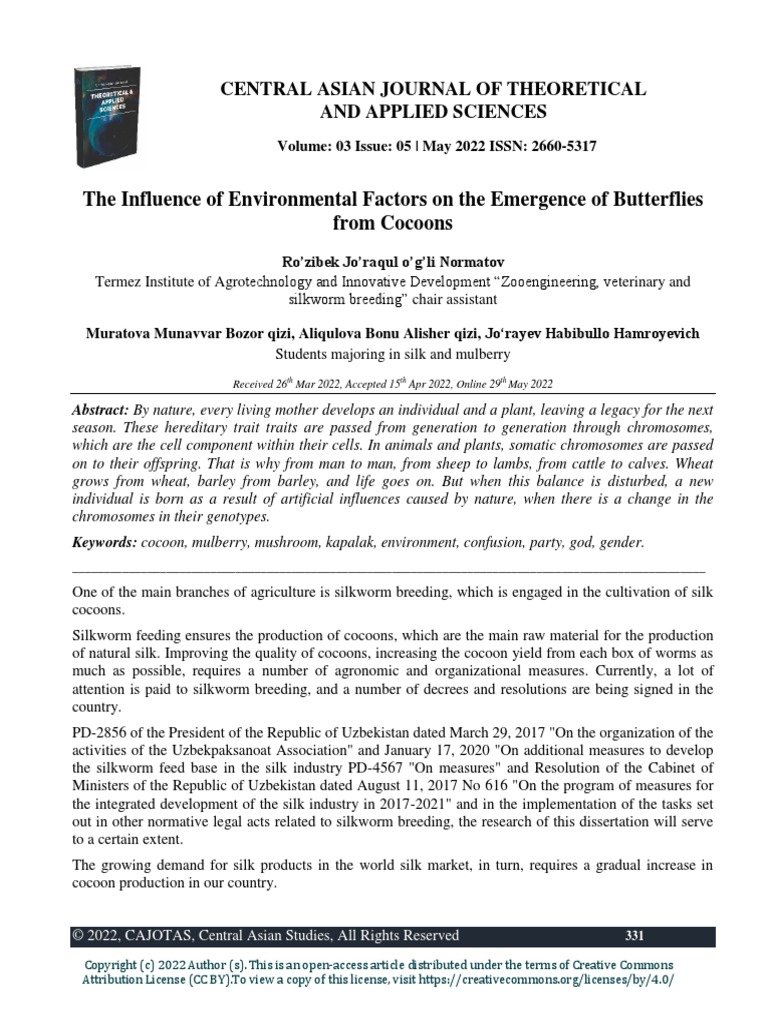
So, what are these factors? Let’s explore how temperature, humidity, seasonality, and even the presence of potential hosts play a role in the world of botflies. This journey will help you appreciate these unique creatures a bit more, whether you’re a budding entomologist or just someone curious about the natural world.
Temperature: The Golden Key
Temperature is perhaps the most significant factor that affects botfly activity. Just like how humans might feel peppier on a warm sunny day than during a chilly winter evening, botflies are more active when it’s warm. Most species thrive in temperatures ranging from 77°F to 95°F (25°C to 35°C).
Here’s the thing: when it gets too cold, botflies tend to slow down dramatically. If they’re in a warmer climate, you might find them buzzing around in the early mornings and late afternoons. Conversely, in colder regions, their activity could be limited to just the hottest part of the day. So, if you’re considering outdoor activities in an area known for botflies, keep the temperature in mind.
Additionally, during extreme temperature fluctuations, like a sudden cold snap, botflies might go dormant, hiding away until conditions improve. This dormancy is much like how bears hibernate in winter, waiting for the right moment to emerge.
Humidity: The Moisture Connection
Humidity is another critical player in the activity levels of botflies. These little guys thrive in moist environments. Think of it this way: when it’s humid, it’s not just people who feel sticky and sluggish, but so do insects.
Botflies require a certain level of humidity to develop their larvae effectively. In habitats where the air is dry, you might notice a significant decrease in botfly populations. They tend to be more active during rainy season, when the air is thick with moisture. This is perfect for them to find hosts and lay their eggs.
And here’s where it gets interesting: different species of botflies prefer varying humidity levels. Some species love high humidity, while others can tolerate drier conditions. This adaptability is crucial for their survival, as it allows them to occupy diverse environments.
Seasonality: Timing Is Everything
Just like flowers bloom in spring and leaves fall in autumn, botfly activity is heavily influenced by seasonal changes. In regions with distinct seasons, you can expect botfly populations to peak during warmer months, particularly in spring and summer.
During these months, the conditions are just right—warm temperatures and higher humidity create a perfect breeding ground. If you’re in a tropical area, however, botflies might be active year-round, as the climate doesn’t fluctuate too much.
It’s essential to understand this seasonal rhythm if you’re interested in outdoor activities or wildlife watching. For instance, if you’re aiming to observe wildlife or participate in outdoor sports, knowing when botflies are most active can help you prepare or even avoid their peak times.
Host Availability: The Search for Dinner
Botflies are known for their parasitic behavior, relying on specific hosts to go through their life cycle. The presence of potential hosts—like cattle or other livestock—greatly affects botfly populations. If there’s an abundance of hosts, you can bet that botflies will be nearby, eager to lay their eggs.
Let’s visualize this: if you were throwing a party with delicious food and drinks, you’d want to invite your friends over, right? Similarly, botflies are drawn to areas where they can easily access hosts. If a field is teeming with cattle, it’s an open invitation for botflies to venture in.
Conversely, if there are few hosts available, you’d likely see a decrease in botfly activity. This relationship underscores why understanding the ecosystem is crucial—not just for the flies, but for the animals they inhabit.
Light: The Attraction Factor
Light levels can also play a role in botfly activity. Many species are attracted to bright lights, especially during the night. This attraction can lead to increased activity in areas with artificial lighting, like campsites or homes near forests.
Imagine setting up a cozy evening campfire surrounded by trees; you might notice more insects buzzing around due to the light. For botflies, this can provide both an opportunity to find hosts, as well as a means to navigate their environment.
However, it’s important to note that not all species respond the same way to light. Some might be more active during the day, while others prefer the cover of night. This variation keeps things interesting in the world of botflies, making them a dynamic part of the ecosystem.
So, why does all this matter? Understanding the **environmental factors that influence botfly activity** helps us grasp the delicate balance of ecosystems and how different species interact with one another. Whether you’re a farmer looking to protect livestock, a nature enthusiast, or just someone fascinated by the intricacies of life, knowing about these factors can deepen your appreciation for the natural world.
As we continue to explore and learn about our environment, let’s remember that each creature—big or small—plays a role in the grand tapestry of life. By fostering a better understanding of botflies and their habits, we can promote healthier ecosystems and coexistence with these quirky insects.

